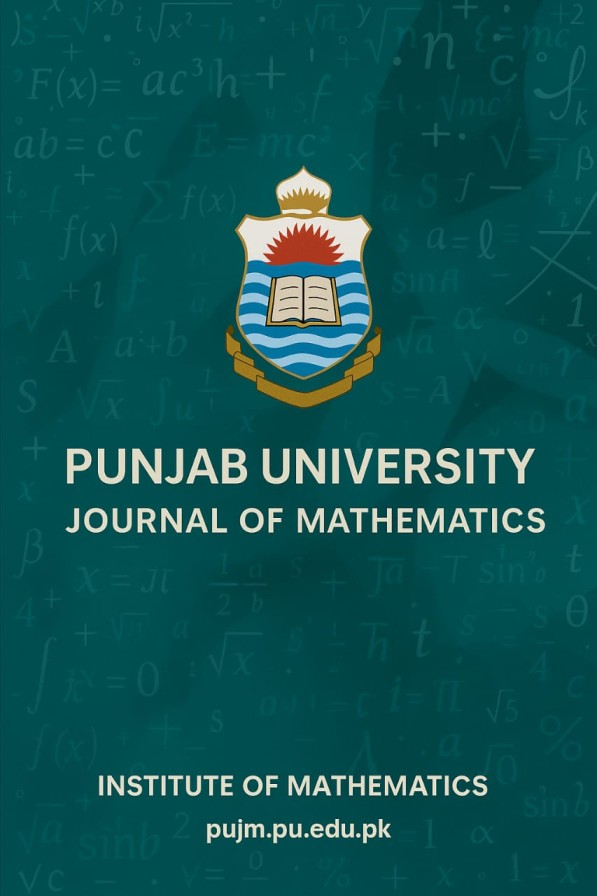Probabilistic Flood Analysis of Indus River Flow
Abstract
.The assessment for long-term and extreme river flow events is necessary for water resource management and early preparation for any expected hazardous event in the country. This paper considers the probabilistic estimation of the annual maximum flow (AMF) series (1967 to 2015) of the Indus River, Pakistan at Kotri station. Four extreme value distributions Gumbel, Frechet, Weibull and Generalized Extreme Value (GEV) models were tested. Based on the goodness of fit tests of Kolmogorov Smirnov (KS) and Anderson Darling (AD), it was found that GEV is the most suitable distribution for modelling AMF series. The Bayesian and Maximum Likelihood Estimation (MLE) techniques have been used to estimate the parameters of GEV distribution and also compute their return levels. The relative absolute squared error (RASE), relative root mean squared error (RRMSE), maximum absolute error (MAE) and probability plot correlation coefficient (PPCC) were employed to evaluate the forecasting efficiency. Moreover, the forecast efficiency indicators show that the Bayesian technique is relatively better than MLE for observing the AMF in Indus River Pakistan. The improved results of this paper demonstrate that can be helpful for government in establishment of water resources management policies of the country. This is in order to utilise their efforts to reduce or control the risk of significant losses in future upcoming events.
Downloads
Downloads
Published
Issue
Section
License
Copyright (c) 2019 Muhammad Yonus, Syed Ahmad Hassan

This work is licensed under a Creative Commons Attribution-NonCommercial-NoDerivatives 4.0 International License.


